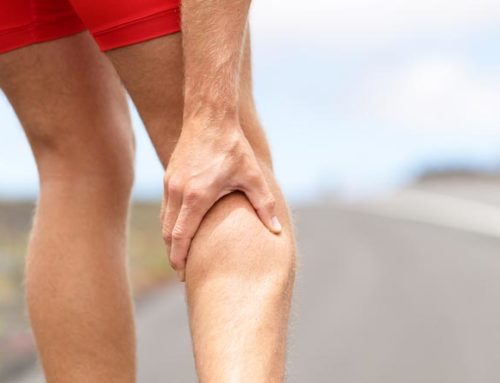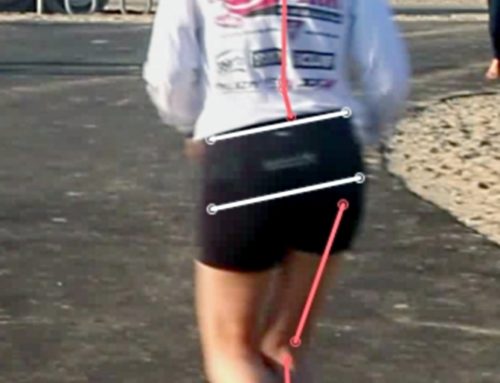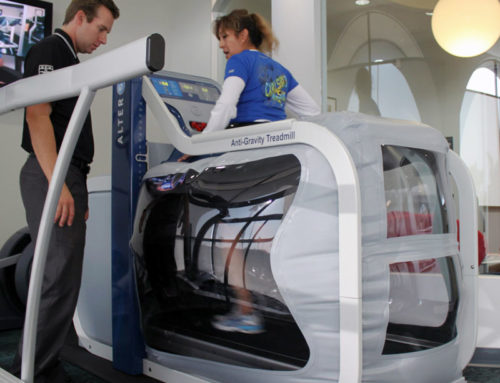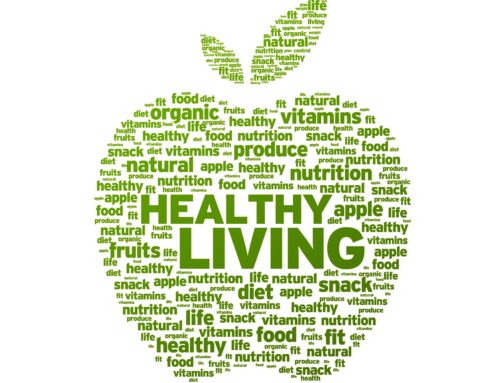By Claudio Carvalho, DO, edit by Christy Shaver
Most of us can appreciate the idea to increase our potential of longevity we need to maintain good health. But several studies have shown that weakening muscle strength is directly related to the progress of aging and decline in active life style. Potentially increasing our longevity should include maintaining enjoyable quality of life?

We all understand that skeletal muscles are made up of thousands of cylindrical muscle fibers that are bounded together by connective tissue and are responsible for the movement of our bodies. It is also the primary responsible for maintaining our respiratory health through the diaphragm, and dictates our body posture throughout the years. With the exception of the muscles in our heart and the smooth muscles in our arteries, veins and digestive organs, the contraction of skeletal muscles is voluntary, controlled by the spinal cord and orchestrated by the brain. Therefore, by diversifying the exercises with our muscles, we are also promoting the health of our nervous system.
Skeletal muscles make up the largest organ mass in our bodies and it is the main responsible for regulating our metabolic rate (how many calories a day our bodies are capable of “burning” with and without exercising). Hence, the greater muscle mass, also called the lean body mass, the higher the rate of calories burned, even when resting on the couch! On the contrary, lower muscle mass will lead to an increased difficulty to shed unwanted fat even with exercise, as the exercises become less vigorous when the muscles are weak.
Skeletal muscles have an abundant of supply of blood vessels and are important assistants to the circulatory blood flow from our legs back to our heart. In addition, several hormonal controls are affected by our muscle’s activities. Skeletal muscles store away the excess of sugar in our blood stream in form of glycogen. And, with less muscle mass to maintain adequate physical activity, we increase our risk of developing type-2 diabetes, which will add to the potential complications with our cardio-circulatory health.
Statistics have shown that, as most of us age, our bodies experience a decline in skeletal muscle strength and muscle mass, in combination to changes in our ability to fully use our neuromuscular system. These changes our bodies experience, appears to be related to a decline in movement stimulus responsible for sending the messages all the way from the brain down to the muscles fibers it connects to. With the decline in movement there is a decline in the stimulus to the motor nerves, which in turn will affect the size, and latter in the number, of our muscle fibers. These will lead to a decrease, and later a loss, of lean body mass, which will be experienced as a decline in body strength. This decline is shown to be gradual in healthy persons. The direct correlation between the decline in lean muscle mass and our body’s ability to properly function will affect our ability to enjoy our once normal activities to the same intensity, in addition to increasing our chances for injuries.
An important known fact is that as muscles decrease in mass (atrophy), their blood and nerve supply also decrease, and if the atrophy becomes long-term the muscles are often replaced by inactive fibrous tissue. At this stage, the muscle fibers are not able to be regenerated.
What has also been statistically shown is our bodies begin to lose muscle mass as earlier as our 30s most often due to a sedentary lifestyle and poorly rehabilitated injuries. But the aging process in terms of muscle loss and the ability to retain efficient muscle function can be altered, regained, improved, and even reversed. When mass of the heart muscle was compared amongst exercising individuals of the same sex and age, the study showed that those individuals with higher heart muscle mass were those who were the most consistent with their exercise, and age and gender were second and third factors.
It has been shown individuals in the later years (70+) will regain lean body mass and strength in their muscles, facilitating they function, decreasing their risk of falls, improving their health reserve (the ability to recover from illnesses), and most importantly their quality of life.
The biological progression that occurs as we age cannot be completely stopped. But many of us can opt to alter these statistical figures. By maintaining and regaining the lost muscle mass through the combination of proper exercise, healthy nutrition and adequate rest, we can positively improve our entire neuromuscular system, including strength, endurance, flexibility and coordination. These will facilitate better balance, proper posture and fluid movement, which will lower the risk of injuries and will add confidence and enjoyment to remain physically active in all our stages of life.
To maintain good quality of life to our longevity, we need not to forget to fully rehabilitate all injuries, and to consistently maximize the functional strength training in our weekly exercise routines.
For more information on how muscle strength can support your longevity. Call the medical staff at FORMA today at (949)999-0777
References:
Exercise preserves, builds heart muscle. Ransdell Pierson, –April 2, 2011
Sarcopenia – The silent crippler. Loma G. Davies Silcott, September, 2008.
The physiology of aging: what you can do to slow or stop the loss of muscle mass. Michael G. Bemben, May, 2002.
www.sarcopenia.com: an online forum and sharing of good information.








This is great information. This only further facilitates the A Snail’s Pace Running Academy philosophy of “train to run”, not “run to train”. By executing the upper & lower body exercises that were instructed to the Academy Members by the Doctors of FORMA, we are increasing our quality of life in multiple ways. First, we are reducing our risk of running injuries by decreasing the risk of muscle weakness and imbalance. We are also increasing our bodies ability to maintain good posture throughout the entire running gait cycle which will in turn make us more efficient. The best part in that we are potentially slowing the aging process as reported in this blog by increasing our lean body mass. All of which will not only allow us to enjoy running now but enjoy a higher quality of life as we get older.
As a runner, I would like to enjoy an active lifestyle even as I begin to age. Simple changes, smart choices and the commitment to a few more minutes in each of my workouts will allow me the higher quality of life I thrive for.
-Michelle Montiel
A Snail’s Pace Running Academy Director
http://www.trainasnailspace.com